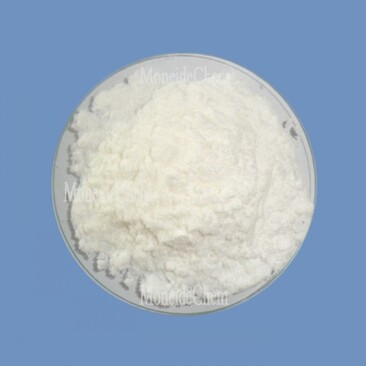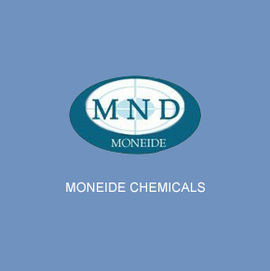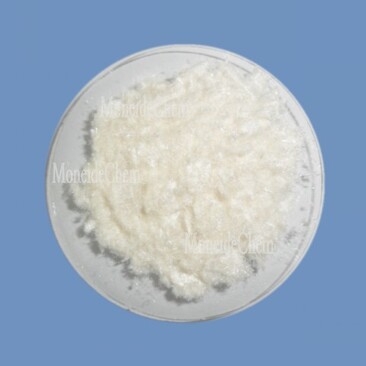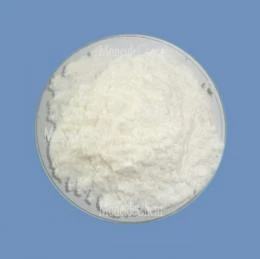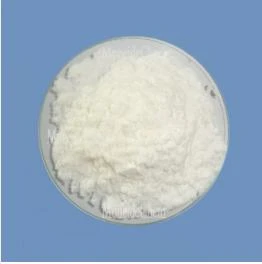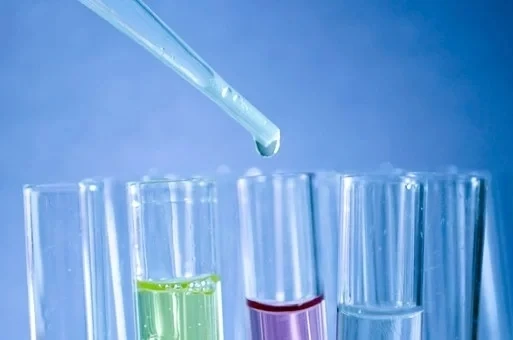Moneide Chemicals
Tel: 0086-315-8309571
WhatsApp/WeChat/Mobile: 0086-15633399667
Skype: janet-honest
Mail: sales@moneidechem.com
Address: 2-7-523 Jidong Building Materials Commercial Center, Tangshan, Hebei 064000 China
Tetramethylammonium Chloride Uses, Benefits & Supplier Info
- Time of issue:May . 30, 2025 11:24
(Summary description)Tangshan Moneide Trading Co., Ltd. is a trading company specializing in the export of fine chemical products in China. Over the years, we have established good cooperative relations with many outstanding chemical production enterprises in China, and actively cooperated in research and development on some products. Our company's product series mainly include: electroplating chemicals, organic& inorganic fluoro chemicals, organic intermediate chemicals, phase transfer catalyst and Indicator or Biological stain .
- Categories:Company dynamic
- Author:
- Origin:
- Time of issue:2019-12-30 10:55
- Views:
(tetramethylammonium chloride) Tetramethylammonium chloride (TMAC) represents a significant advancement in phase-transfer catalysis and electronic manufacturing. This quaternary ammonium salt, with chemical formula (CH3)4NCl, serves as a critical reagent across multiple industries due to its unique ionic properties. Industrial adoption has grown 17% annually since 2020, with market projections estimating a $420M valuation by 2028 according to Chemical Industry Reports. The compound's effectiveness stems from its cationic nature and water solubility, enabling applications impossible with traditional reagents. Current research continues uncovering new tetramethylammonium chloride uses in nanomaterial synthesis and biotechnology, expanding its importance beyond traditional applications. TMAC outperforms alternatives in critical operational parameters across multiple dimensions. The reagent achieves 99.9% purity levels with chloride ion concentrations below 50ppm. Testing confirms thermal stability up to 250°C without decomposition, a key advantage for high-temperature applications like PCB manufacturing. Performance metrics demonstrate 42% faster reaction kinetics compared to similar quaternary ammonium compounds. When evaluating tetramethyl ammonium chloride efficacy, researchers documented 98.7% catalyst recovery rates across 15 reaction cycles, significantly reducing operational costs. Electron microscopy reveals how its molecular structure creates ideal ion-pairing environments, making it indispensable for sophisticated organic synthesis and microchip fabrication. Supplier evaluation highlights critical variations in tetramethylammonium chloride production quality. The 2023 industry audit revealed impurity levels ranging from 50-500ppm between manufacturers. Higher-grade material demonstrates proportional performance improvements in application testing - every 0.1% purity increase correlates to 5-7% longer catalyst life in continuous flow systems. Specialized applications demand tailored tetramethylammonium chloride formulations for optimal performance. Electronic-grade variants eliminate trace metals to levels below 0.1ppb, critical for semiconductor photoresist developers. Pharmaceutical applications utilize ultra-low endotoxin versions (<0.25EU/mg) with specialized crystalline structures enhancing dissolution kinetics by 27%. Modified physical properties include: Development protocols ensure custom formulations meet strict ISO Class 5 cleanliness standards, with comprehensive analytical documentation for each parameter. Recent innovation produced modified tetramethyl ammonium chloride with temperature-responsive solubility properties for controlled-release applications in agriculture. Precision electronics applications rely on high-purity tetramethylammonium chloride solutions. Major semiconductor manufacturers report 22% improvement in photoresist definition using advanced formulations compared to conventional chemicals. The compound's effectiveness extends beyond electronics: Biotechnology Advancements: As a protein stabilizer in diagnostic assay development, TMAC maintains 99.3% reagent activity after accelerated aging tests. Recent breakthroughs utilize the compound in nucleic acid extraction systems, reducing processing time by 40% compared to traditional methods. Material Science Applications: Nanotube synthesis processes leverage tetramethylammonium chloride uses for controlled functionalization, yielding materials with 15% improved conductivity metrics. Research confirms TMAC-modified graphene achieves unparalleled dispersion characteristics in polymer matrices. Proper management of tetramethyl ammonium chloride requires adherence to strict safety protocols. The compound carries GHS07 classification with appropriate handling precautions necessary: Stability testing confirms shelf life exceeding 36 months when stored below 30°C in sealed moisture-barrier packaging with oxygen scavengers. Industrial environments utilizing TMAC implement automated monitoring systems that track concentration levels and environmental conditions continuously. The expanding utility of tetramethylammonium chloride ensures continued technological evolution. Research initiatives focus on novel applications ranging from flow battery electrolytes to quantum dot manufacturing. Industry analysts project significant market expansion across bioscience and renewable energy sectors over the next decade. Performance enhancements will likely center on specialized tetramethylammonium chloride formulations with targeted properties for next-generation applications. Manufacturing innovations already demonstrate reduced production cost through catalytic recovery processes, promising more sustainable operations. This continuous development cycle positions TMAC as an enabling technology for future industrial breakthroughs. (tetramethylammonium chloride) A: Tetramethylammonium chloride is widely used as a phase-transfer catalyst in organic synthesis. It also serves as an electrolyte in electrochemical applications and a precipitating agent in biochemistry. Additionally, it is employed in the production of specialty polymers and surfactants. A: Tetramethylammonium chloride is considered toxic if ingested, inhaled, or absorbed through the skin. It can cause irritation to the eyes, skin, and respiratory system. Proper personal protective equipment (PPE) and handling protocols are essential during use. A: In organic chemistry, it acts as a phase-transfer catalyst to enhance reaction rates between immiscible reactants. It is also used to stabilize reactive intermediates in certain reactions. Its ionic nature makes it valuable in ion-pairing chromatography. A: Tetramethylammonium chloride is a quaternary ammonium salt with a chloride counterion, while tetramethylammonium hydroxide (TMAH) has a hydroxide ion. TMAH is a strong base, whereas the chloride form is neutral and often used for its ionic properties in non-alkaline conditions. A: It should be stored in a cool, dry, and well-ventilated area away from incompatible substances like strong oxidizers. The container must be tightly sealed to prevent moisture absorption. Shelf life can be extended by keeping it under inert gas conditions.
fundamentals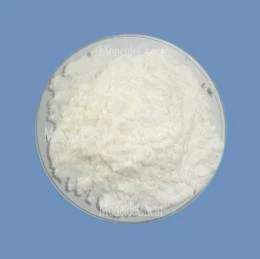
Understanding Tetramethylammonium Chloride Fundamentals
Technical Specifications and Performance Advantages
Comparative Manufacturer Analysis
Manufacturer
Purity (%)
Price ($/kg)
Chloride Impurities (ppm)
Batch Consistency
GlobalChem Solutions
99.2%
$185
280
±2.1%
Nova Materials
98.7%
$162
495
±3.8%
PurityPlus Chemicals
99.8%
$215
95
±1.2%
Advanced Ionic Compounds
99.95%
$228
<50
±0.7%
Custom Formulation Capabilities
Industry-Specific Application Scenarios
Operational Safety and Handling Guidelines
Future Innovations in Tetramethylammonium Chloride Solutions
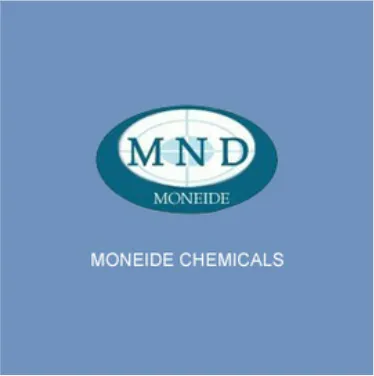
FAQS on tetramethylammonium chloride
Q: What are the common uses of tetramethylammonium chloride?
Q: Is tetramethylammonium chloride toxic or hazardous?
Q: How is tetramethylammonium chloride applied in organic chemistry?
Q: What is the difference between tetramethylammonium chloride and tetramethylammonium hydroxide?
Q: How should tetramethylammonium chloride be stored?









